Imagine a scenario in the mind's eye where workers can perform their responsibilities under demanding work conditions, without the strain of bulky headgear. It seems utopian, yet the advent of lightweight hard hats is turning this vision into a reality. Delivering not only critically imperative safety measures, but an astonishing level of comfort, these advanced head protective gears have revolutionized industry standards. A deep dive into the world of lightweight safety helmets will reveal how these state-of-the-art accessories help reduce workplace head injury incidents while delivering enhanced comfort and robust protection. Day by day, these helmets are gaining industry-wide acceptance and creating a buzz among industry professionals. Follow us on this exciting foray into the benefits of lightweight hard hats and their contribution to occupational safety.
Evolution from Traditional Hard Hats to Safety Helmets
The evolution of workplace safety gear is a journey marked by continuous improvement and innovation. One such pivotal change in this sector was the transition from traditional hard hats to safety helmets. This transition was not just a change in nomenclature, but a leap towards enhanced protection and practicality.
OSHA's Shift to Safety Helmets
In 2023, OSHA (Occupational Safety and Health Administration) led the pack with an influential decision. It announced a paradigm shift - from traditional hard hats to safety helmets. Acknowledging that workplace safety scenarios are never static and always progressing, the move honored an essential factor - the need to mitigate severe head trauma. Experimenting with ineffective safety measures spells danger. Recognizing this, OSHA emphasized helmets that assure superior protection against head injuries.
Let's peruse some compelling reasons that swayed OSHA towards safety helmets:
- Improved Protection: Safety helmets are designed to provide improved protection to users. Compared to traditional hard hats, they offer superior protection against severe head trauma, hence augmenting the defense against falling or flying objects.
- Enhanced Comfort: One of the often understated aspects of safety helmets is their ergonomic design. They are lighter than standard hard hats, thus offering easy wearability for extended periods.
- Integrated Features: Safety helmets are not just about defense; they are about proactive prevention. With features like built-in eye shields and ear muffs, they provide an all-round safeguarding approach.
Modern Safety Helmet Design
While traditional hard hats have served us well over the years, the modern safety helmet design is a game-changer. It's a unique blend of practicality and technological advancement.
Here are some highlights of the modern safety helmet design:
- Better Impact Resistance: Modern safety helmets are designed to resist impact better. They disperse the force over a larger area, diminishing the chance of serious head injuries effectively.
- Lighter Weight: Weight can play a surprisingly significant role in safety gear. The new-age safety helmets are considerably lighter than their hard hat predecessors. This reduction in weight ensures that workers can comfortably wear them for extended hours, without feeling fatigued.
- Streamlined Shape: Unlike the hard hat's bulky silhouette, safety helmets boast a streamlined shape, reducing the risk of catching onto objects and thus, minimizing the risk of accidents.
OSHA's switch to safety helmets from traditional hard hats is a powerful testimony to the evolving safety gear landscape's commitment to offering workers the best protection. Furthermore, the innovative design of modern safety helmets redefines the standards of effective headgear across industries and promises a safer, healthier future for our workforce.
Importance of Head Protection in the Workplace
Safety in the workplace is a principle that holds importance across diverse industries, irrespective of their size or role. A large part of ensuring a safe environment for employees involves mitigating the potential of head injuries. Head injuries can result in dire consequences, and as such, seeking effective solutions for head protection is imperative.
Statistics on Workplace Head Injuries
Data shows us the alarming realities of head injuries in workplaces. Recent stats from OSHA reveal that only 16% of workers with head injuries were donning hard hats. This indicates a need for informed measures surrounding head safety. Furthermore, head injuries account for nearly 6% of nonfatal occupational injuries.
- Only 16% of workers with head injuries wore hard hats.
- Approximately 6% of nonfatal occupational injuries are head injuries.
These statistics reflect a necessity for a heightened sense of awareness and a call to action. This calls for additional attention by regulatory bodies, employers, and workers alike.
Increased Demand for Effective Head Protection
The highlighted issue has already sparked a rise in the demand for more effective head protection. The construction safety helmets market stands as proof, as it is projected to grow from USD 984.42 million in 2023 to a staggering USD 1.65 billion by 2031.
| Year | Market Size |
|---|---|
| 2023 | USD 984.42 million |
| 2031 | USD 1.65 billion |
The projected growth signifies an industry-wide increase in adherence to safety protocols and measures. It also denotes the responsibility industries are assuming in providing a shield against potential hazards. As we improve our commitment to safety, we'll continue to see a more robust adoption of protective gear.
In essence, adopting a proactive approach to head protection in the workplace can drastically diminish the potential for head injuries. As the data shows, we're on the brink of a sizable shift in attention towards workplace safety. This trend promises not just safer environments for workers, but an enhanced emphasis on safety culture that benefits us all.
Benefits of Lightweight Safety Helmets
The trend of lightweight safety helmets' adoption is rapidly gaining traction worldwide. Backing this shift towards lighter gears are the compelling benefits drawn from the usage of light protective headgears, including decreased injury-related incidents, improved comfort, and effective protection. Intriguingly, certain sectors such as construction, mining, and manufacturing have noted a significant drop in onsite incidents involving head injuries after employing lightweight safety helmets.
Decreased Head Injury-Related Incidents
A prime advantage observed with lightweight safety helmets is the significant decline in head injury-related incidents. As per industry statistics, companies leveraging this advancement have reported a staggering 30% drop in such occurrences. These helmets' optimal balance between compactness, yet sturdy exterior, ensures the wearer's safety during unexpected impacts, reducing the chances of severe her injuries in the workplace.
Enhanced Comfort
Lightweight safety helmets, often composed of materials like carbon fiber, are applauded for their comfort-enhancing properties. The combination of a light build and snug fit allows workers to wear these helmets for longer periods without discomfort. Notably, it's an upgrade that caters towards more efficient productivity - a topic that's notably been discussed at length in our Comfort Tips for Wearing Heavy Gear guide.
Effective Head Protection
Underneath the lightweight guise, safety helmets are built to withstand heavy impacts, armed with lifesaving advancements like WaveCel technology. This adaptation absorbs up to 73% of rotational forces during an abrupt halt or collision, exponentially increasing the helmet's protective capabilities. Furthermore, the inclusion of materials like high-density polyethylene (HDPE) and acrylonitrile butadiene styrene (ABS) denotes the industry's commitment to delivering top-tier safety standards while ensuring weight reduction.
A shift towards lightweight safety helmets speaks volumes about the progressive strides in workplace safety advancements. The balance of comfort and robust protection they bring to the table is a testament to their necessity in labor-intensive sectors.
Common Helmet Specifications Preferred by Workers
Amid the broad spectrum of labor-intensive professions, the common denominator for safety is the humble but handily irreplaceable helmet. Armored against impact, and often carrying additional accessories such as visors or ear muffs, helmets exist as the silent watchman for every worker performing dangerous maneuvers. But as simple as these safeguarding devices may seem, their design and specifications are anything but - thereby leading to our topic articulation today: What are the common helmet specifications that workers prefer?
From a humble construction worker toiling under the hot sun to a dashing firefighter battling flames, they all vouch for a head protection device that does its job without compromising their comfort or work efficiency. The Workers preferences report contends that two leading preferences are unanimously applauded: adjustable fits and lower suspension systems.
Adjustable Fits
Adjustability isn't just a matter of convenience. At the heart of it, it has much to do with how effectively a helmet can distribute the force of an impact. The features that contribute to adjustable fits include:
- Ratchet systems: They offer a secure, tight fit. By merely turning a knob, workers can achieve a snug and comfortable fit.
- Pin-lock systems: An affordable alternative to the ratchet, these systems use a series of holes and pins to adjust the helmet size.
- Swing-ratchet systems: These systems offer the possibility of adjusting your helmet from the front to back, allowing a more custom fit.
Having an adjustable fit ensures that the helmet stays secure on the head, thereby reducing the risk of it falling off and compromising the safety of the worker.
Lower Suspension Systems
Working in a helmet all day can be strenuous. Having a lower suspension system helps alleviate this strain. A lower suspension system benefits the worker in two main ways:
- Weight distribution: By distributing the weight of the helmet on more points across the head, the pressure on any one point is minimized.
- Ventilation: A suspension system also elevates the helmet slightly off the worker’s head, allowing for better airflow and reducing heat.
In the scramble to outlast competition, helmet manufacturers must pay heed to these preferences - ensuring that helmets aren't just made for safety compliance but truly resonate with those who wear them daily. The notion is simple - when safety is threateningly intertwined with potential risk to life, every ounce of comfort and protection gained from such seemingly minor adjustments can make all the difference. After all, these aren't just helmets, they're silent watchmen, relentlessly guarding those who guard our structures, our homes, our world. Is it then not duly justified to optimize them in all the ways the guardians prefer?
Conclusion
Safety in the workplace is not a matter that can be taken lightly. It's essential to equip ourselves with the best tools for protection, starting from our heads down to our shoes. Lightweight safety helmets revolutionize safety measures in work settings, providing comfortable yet effective head protection. With decreased work-related injuries, comfort, and user-friendly specifications, these helmets are a worthy investment for every worker.
It's also equally critical to protect other areas of our bodies, especially in high-risk professions. High performing chainsaw safety pants, like the ones produced by Rain Gear Pro, are paramount in achieving overall safety. Not only are they designed to provide superior protection, but they're skillfully-crafted to promote optimal comfort, ensuring you can work with ease.
Safety gear, whether for the head or lower body, is a valuable investment for your overall well-being. Take a step towards a safer work environment today by exploring Rain Gear Pro’s collection here, which delivers top-of-the-line protection with unbeatable comfort. Always remember: safety first, because injury lasts.
Frequently Asked Questions
-
What are lightweight hard hats?
Lightweight hard hats are safety helmets that are designed to provide protection on job sites while being lightweight and comfortable to wear for extended periods.
-
What are the benefits of using lightweight hard hats?
Using lightweight hard hats offers several benefits, including enhanced comfort, reduced strain on the neck and shoulders, increased productivity, and improved compliance with safety regulations.
-
How do lightweight hard hats provide comfort?
Lightweight hard hats are constructed with materials that are lighter in weight but still meet or exceed safety standards. This reduces the overall weight of the helmet, making it more comfortable to wear and reducing fatigue.
-
Are lightweight hard hats as safe as standard hard hats?
Yes, lightweight hard hats are designed to meet the same safety standards as standard hard hats. They provide adequate protection against falling objects, electrical hazards, and other potential workplace risks.
-
Who can benefit from using lightweight hard hats?
Anyone working in industries such as construction, manufacturing, engineering, or agriculture can benefit from using lightweight hard hats. They are particularly beneficial for workers who need to wear a hard hat for long periods or in hot environments.


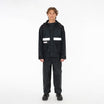
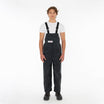
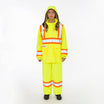
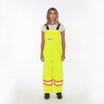
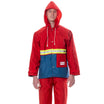
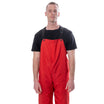
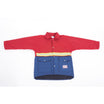
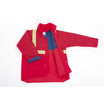
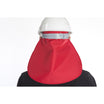
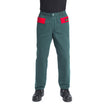
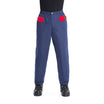
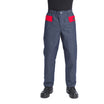
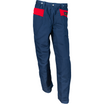
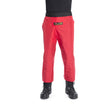
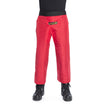
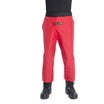
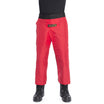
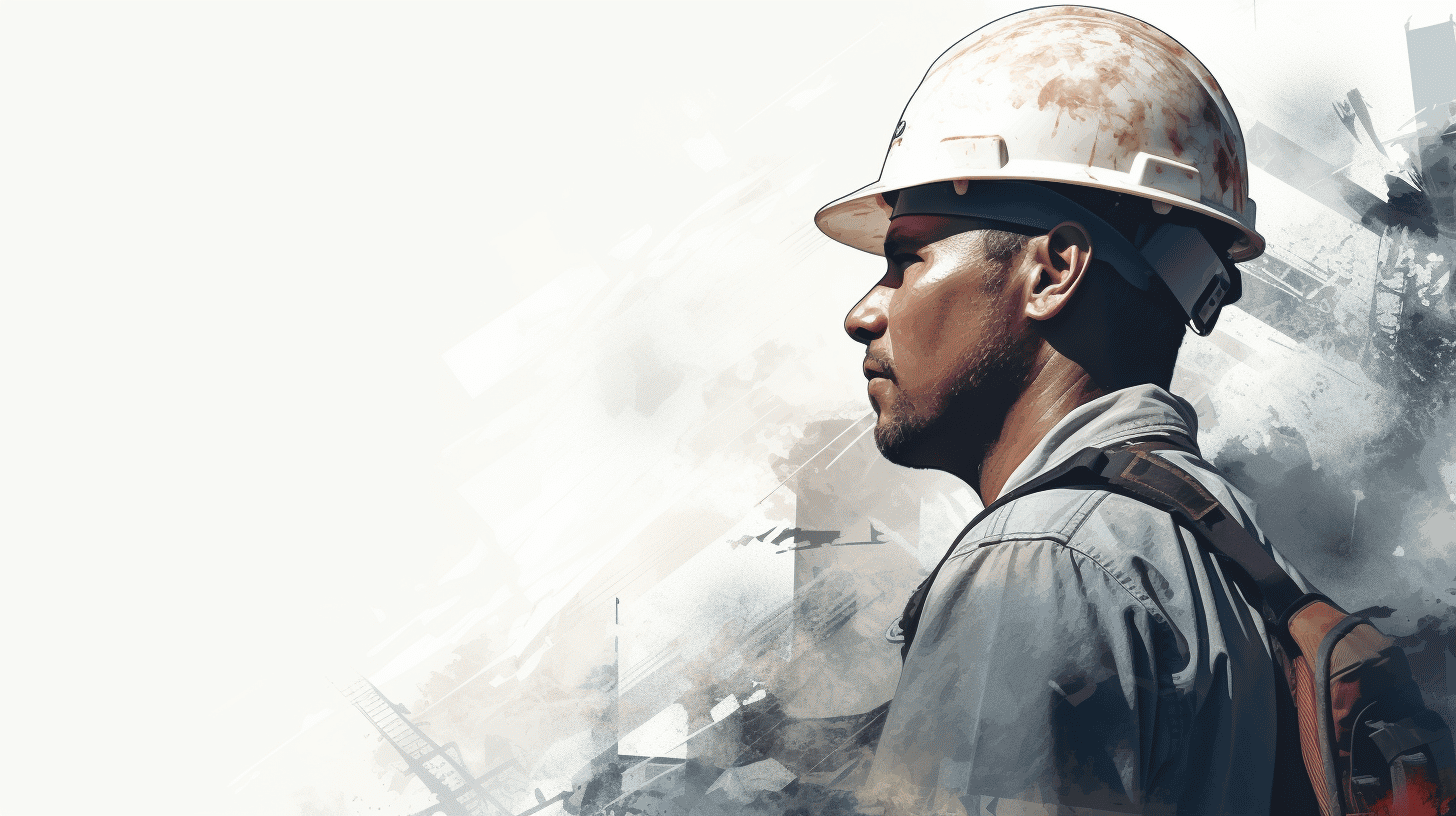
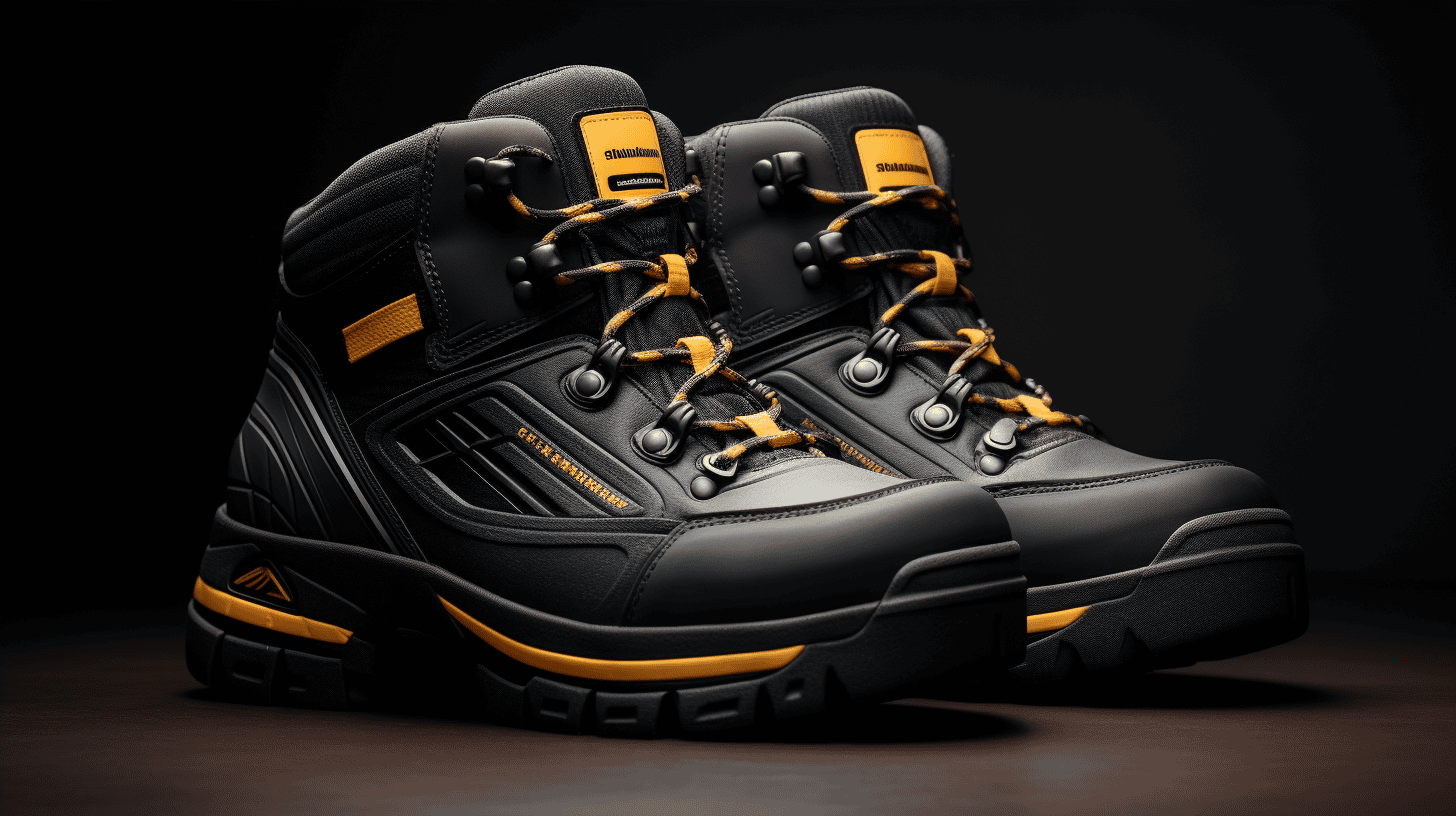

Leave a comment
This site is protected by hCaptcha and the hCaptcha Privacy Policy and Terms of Service apply.